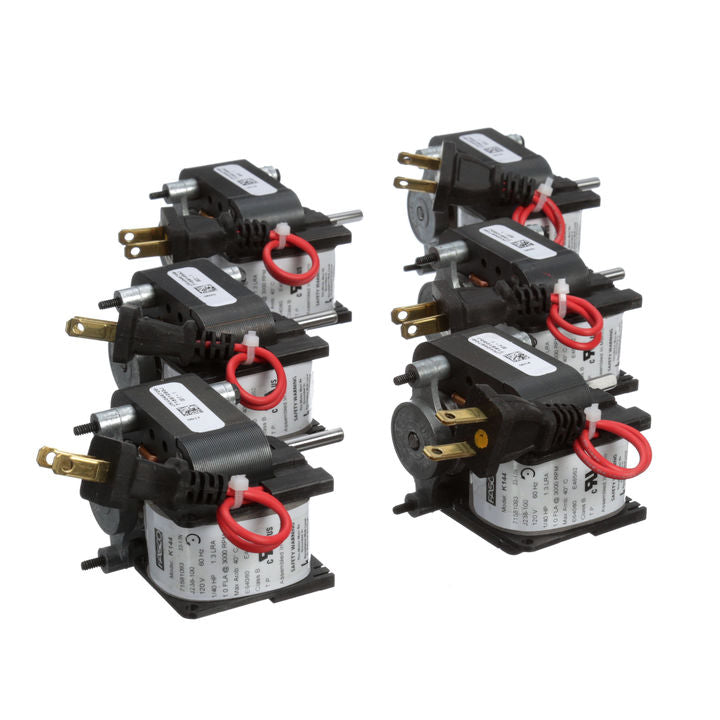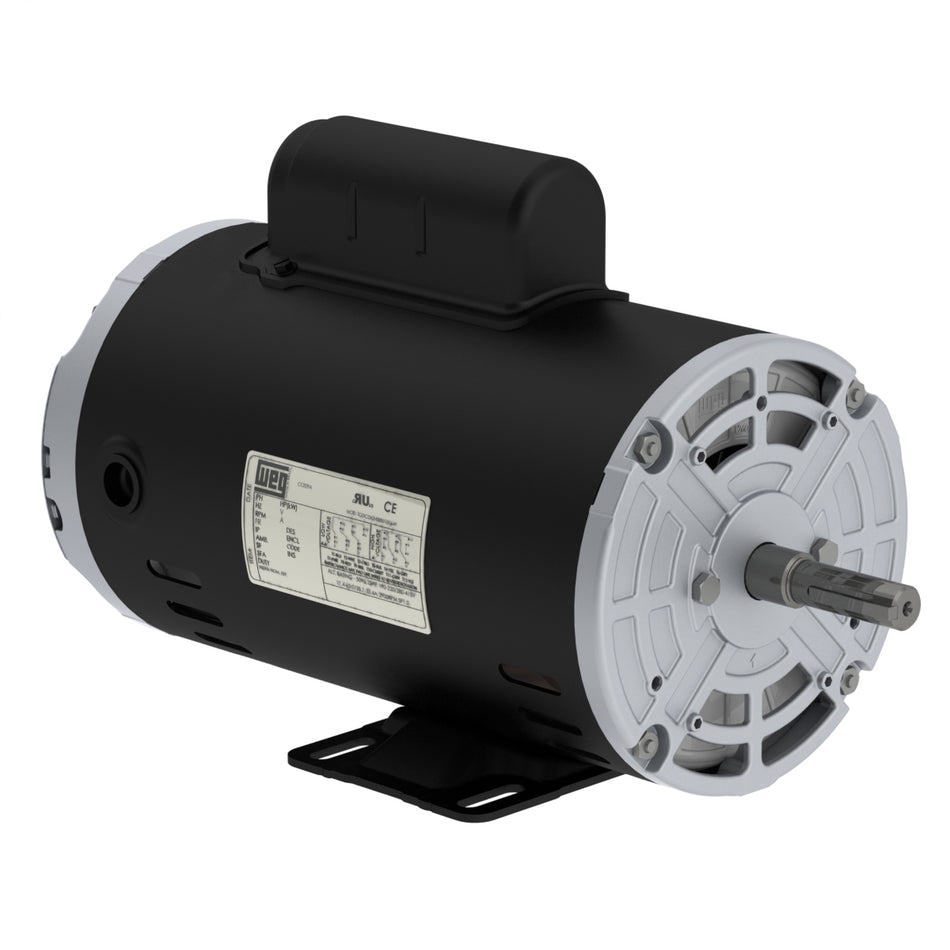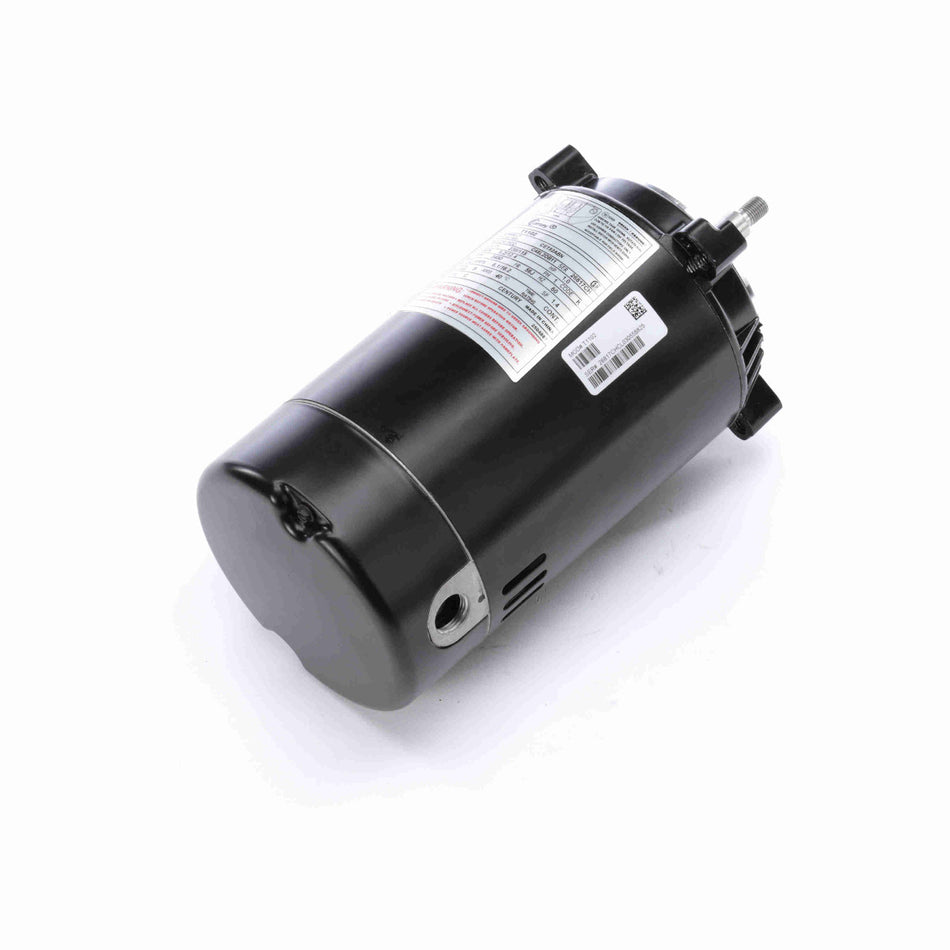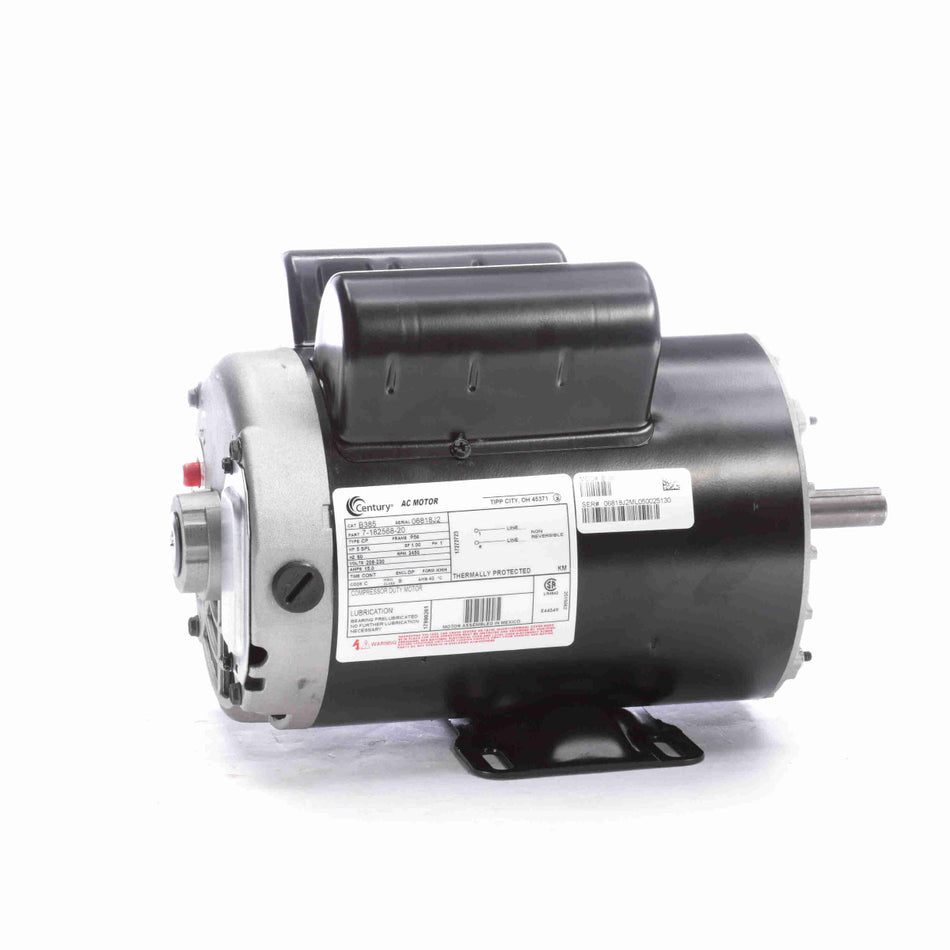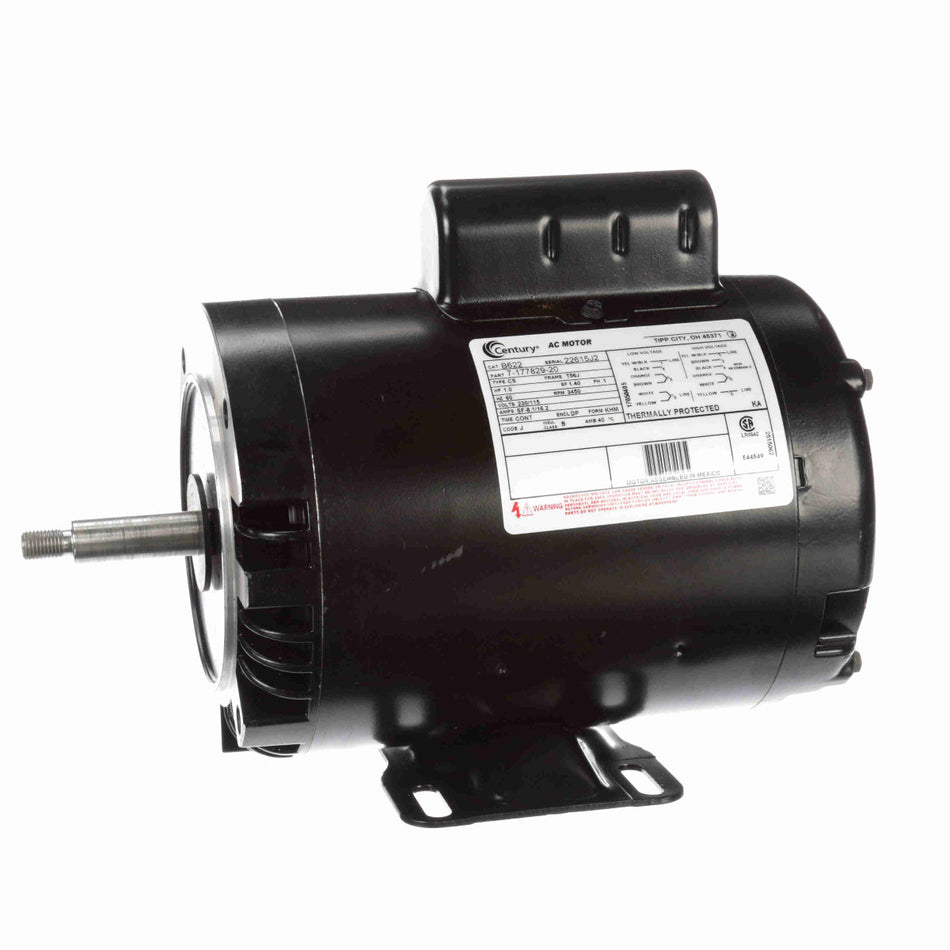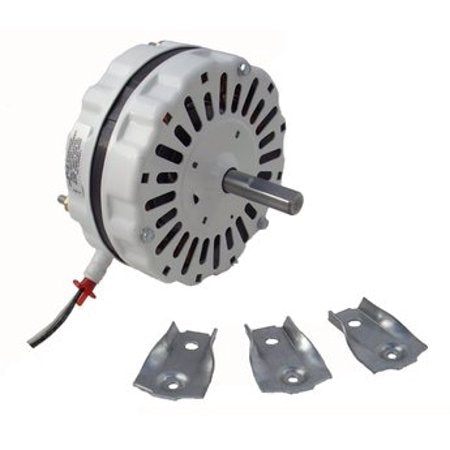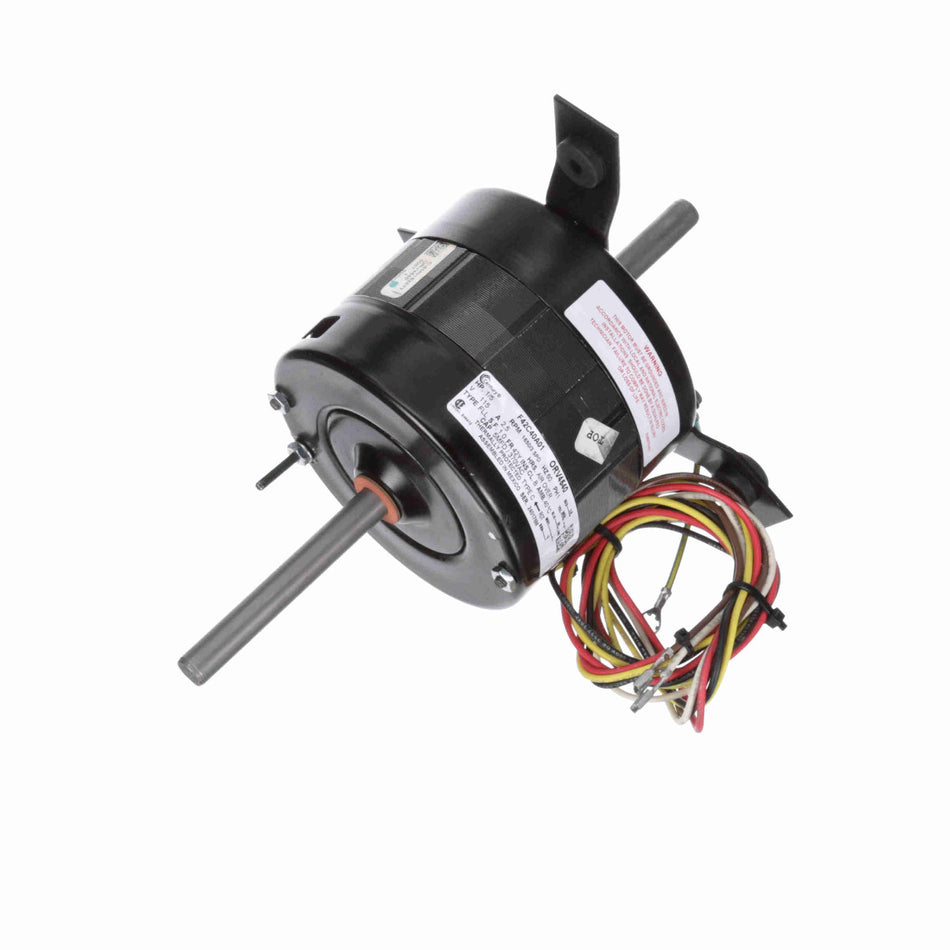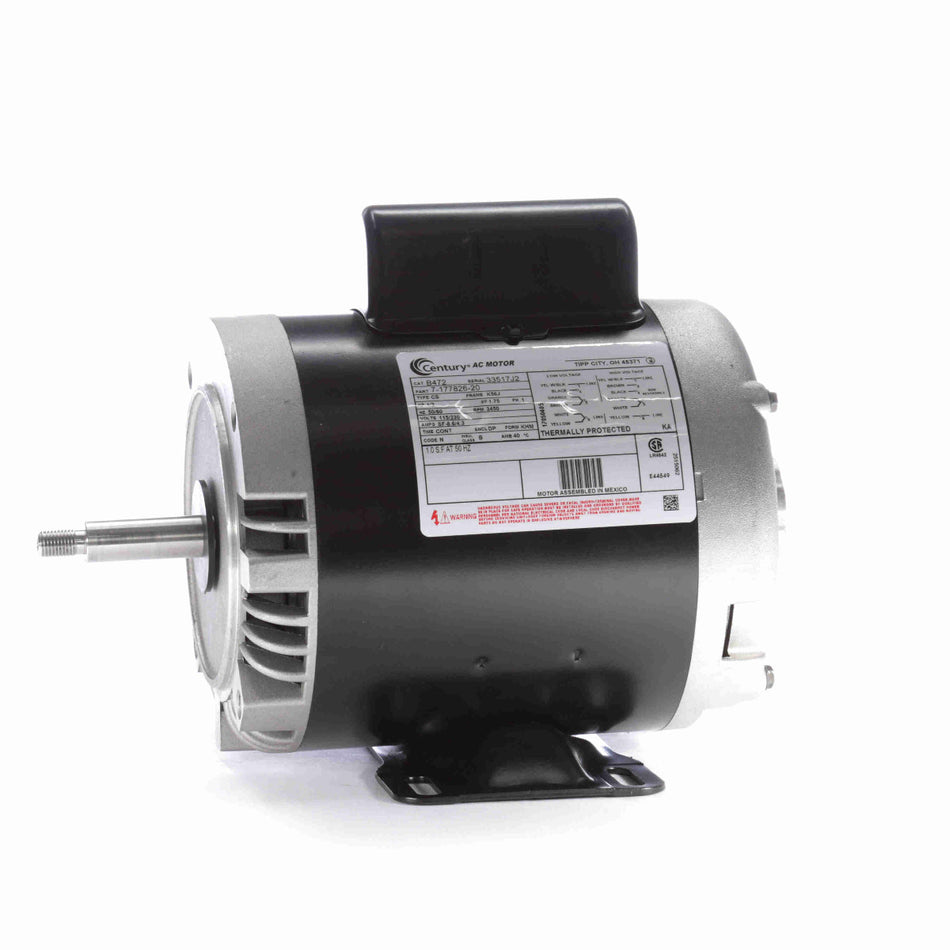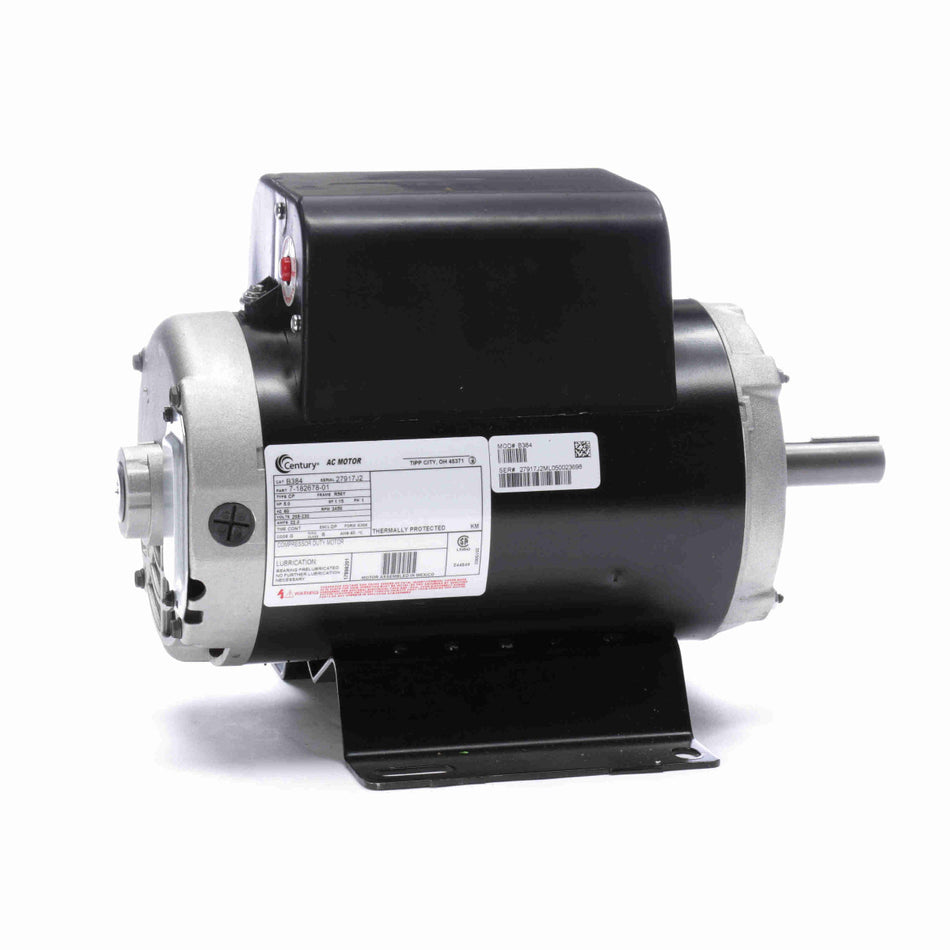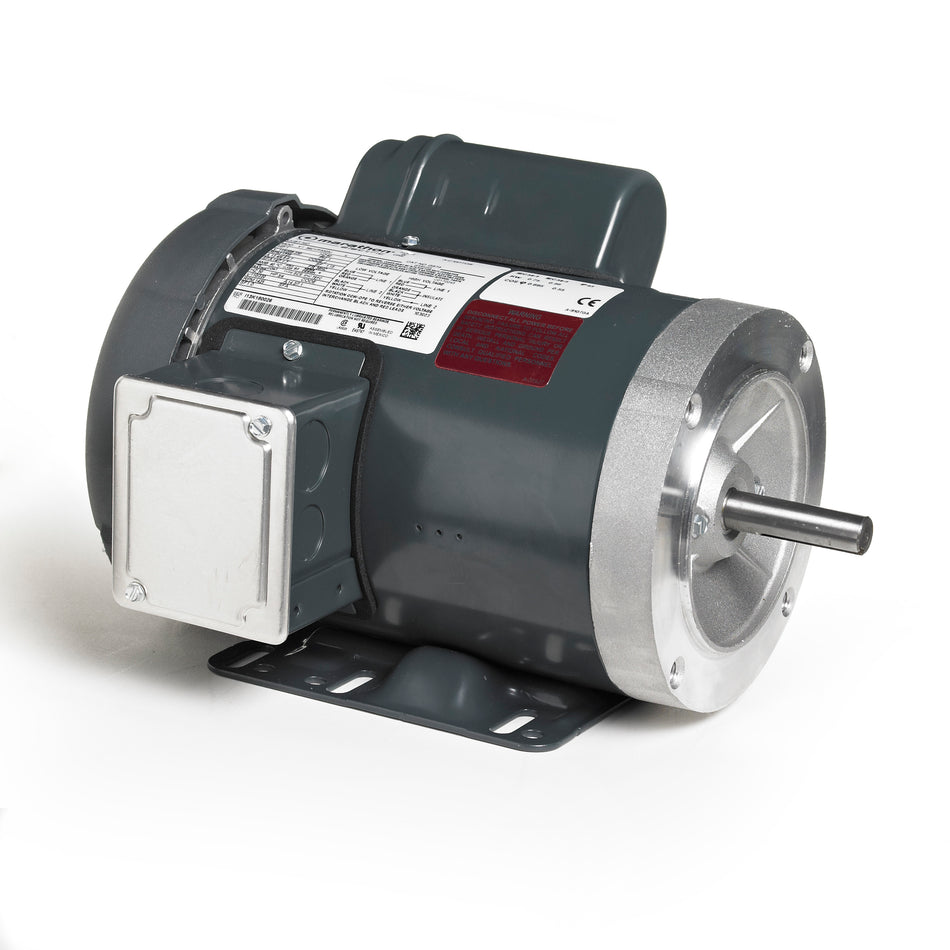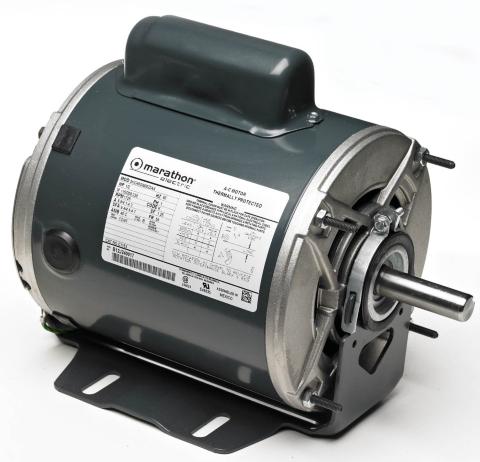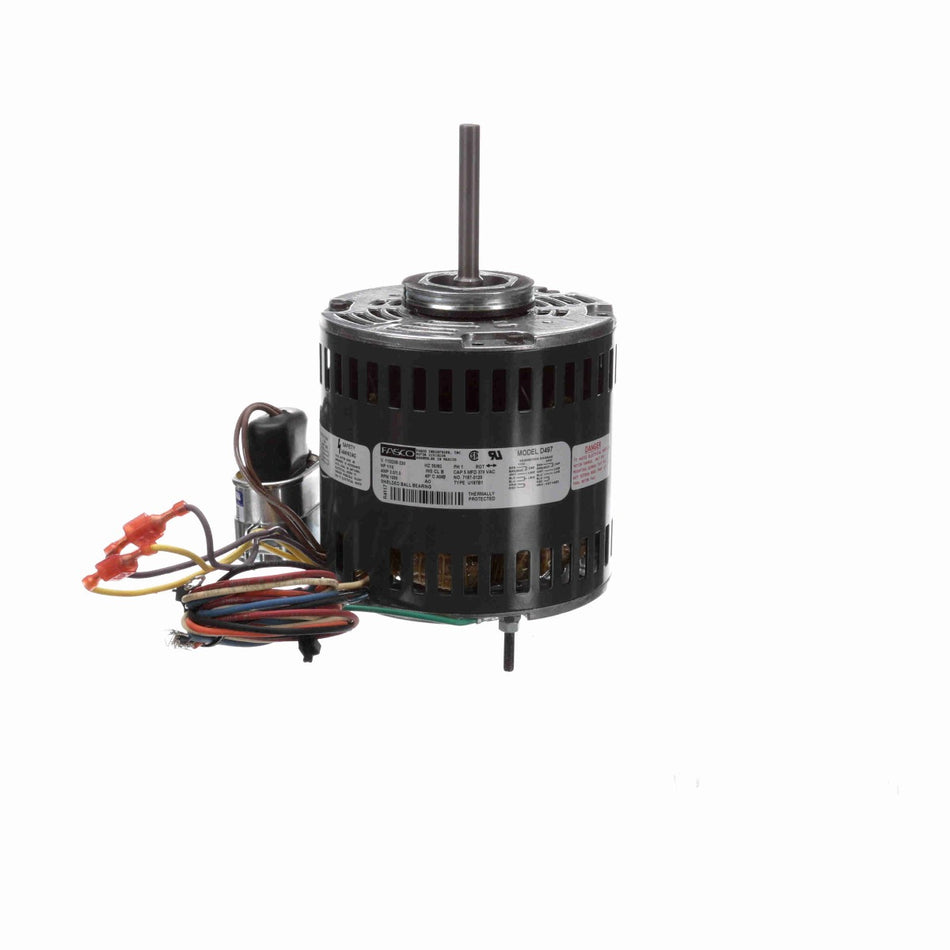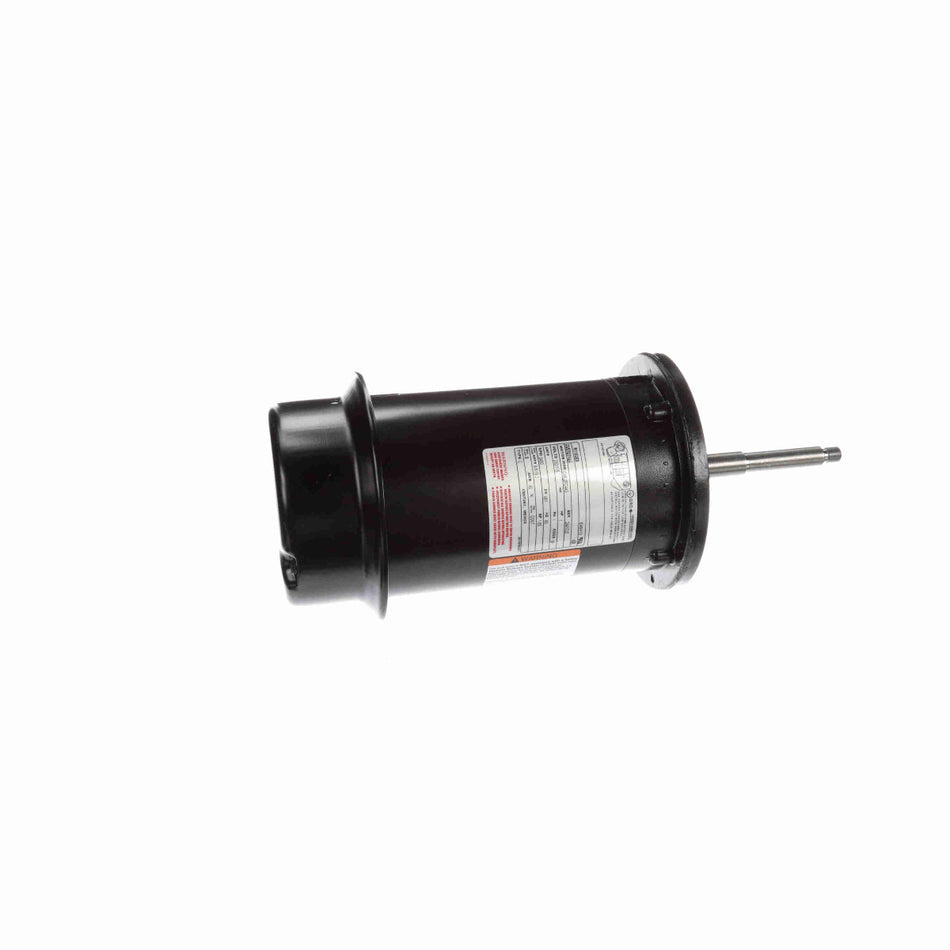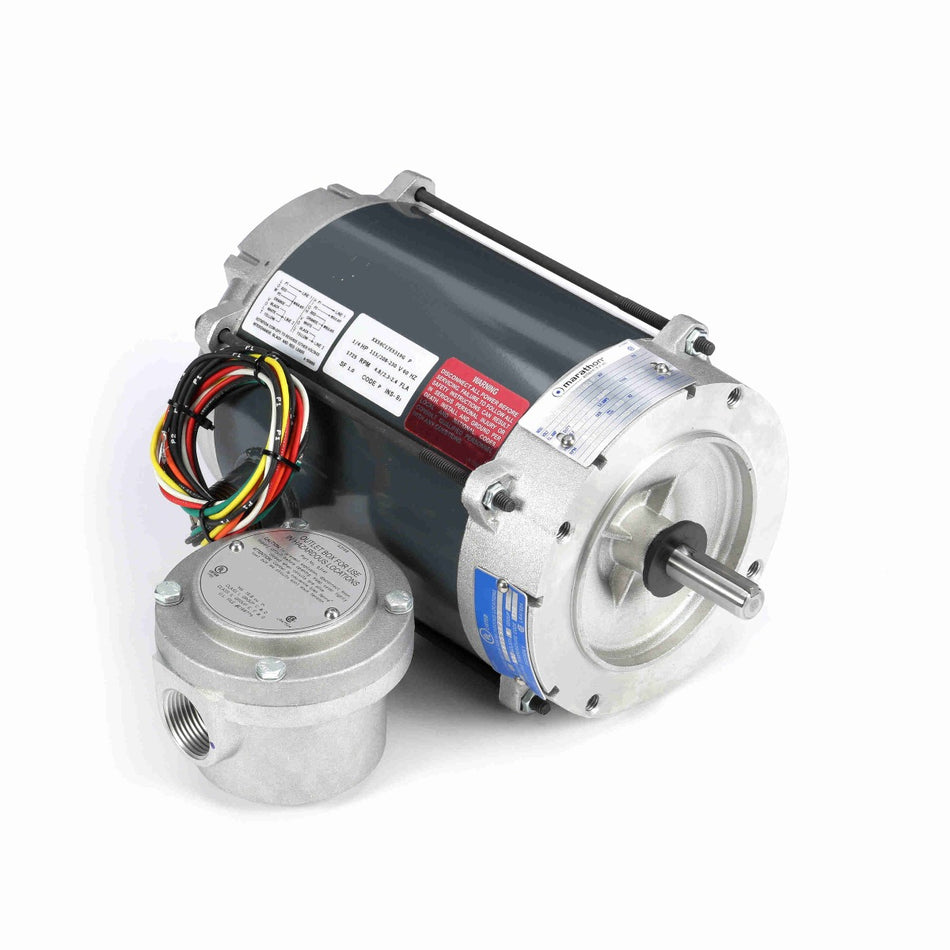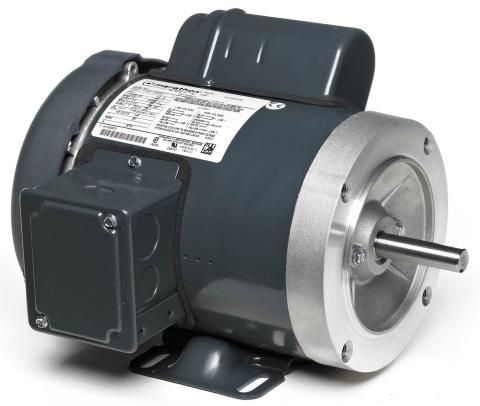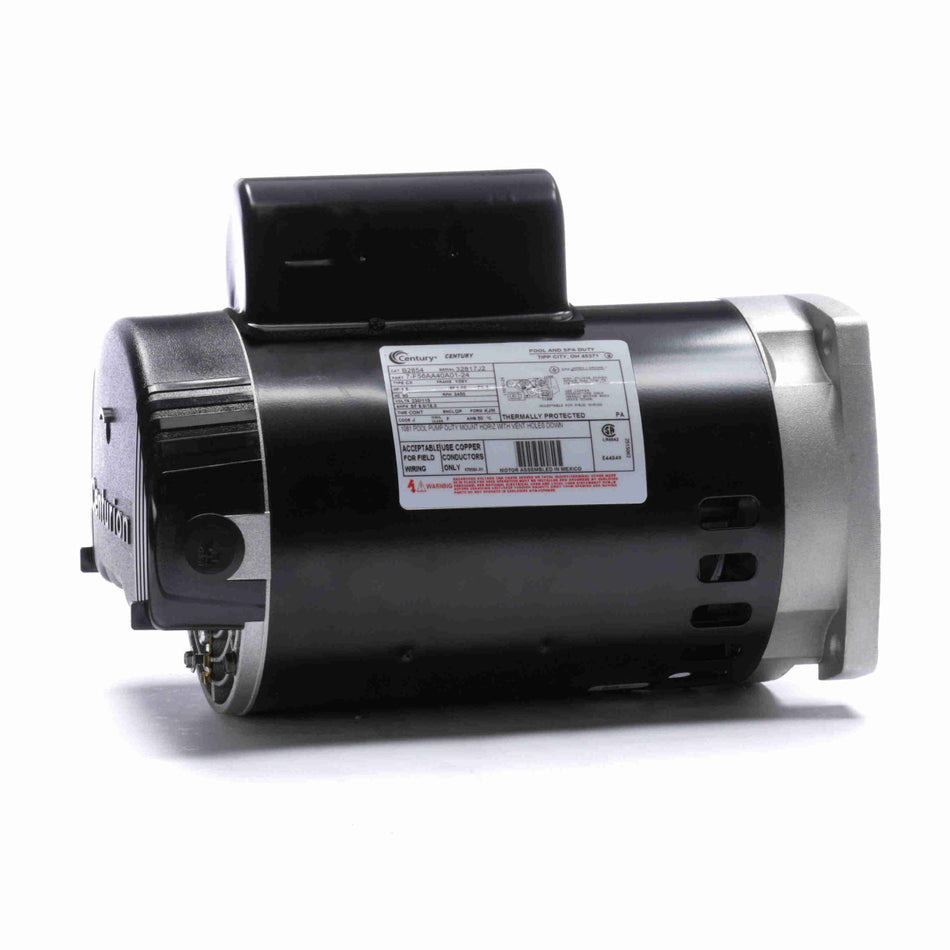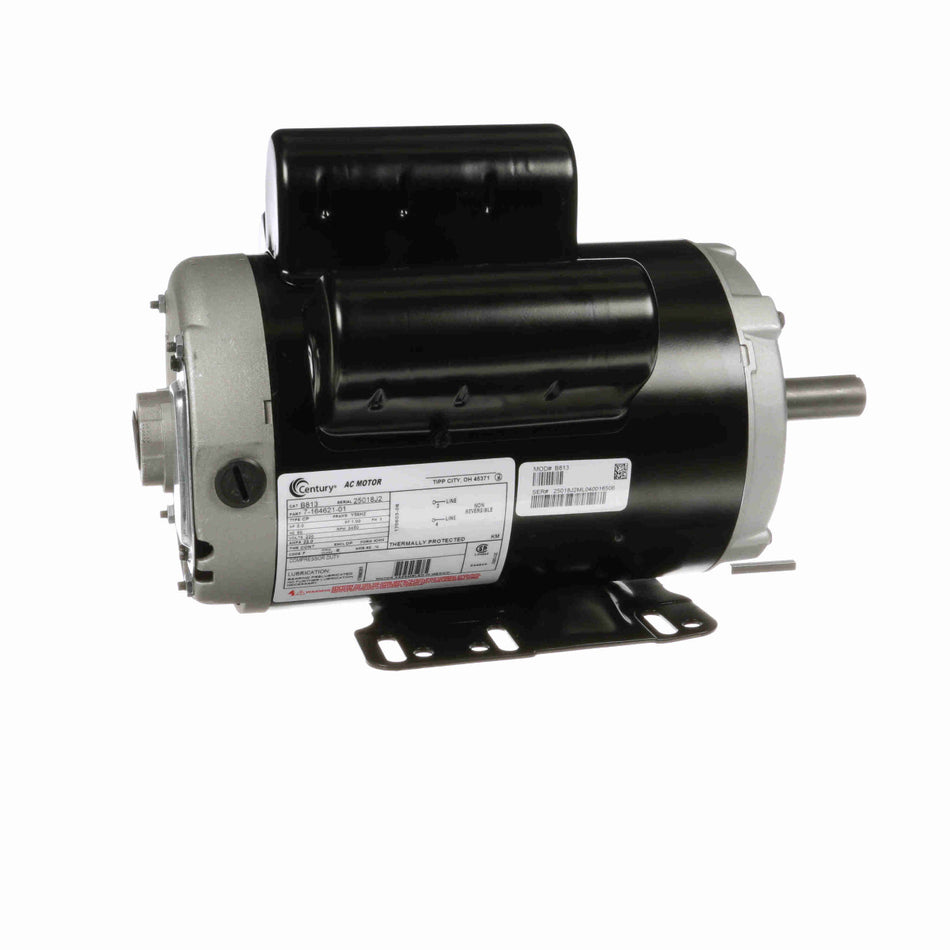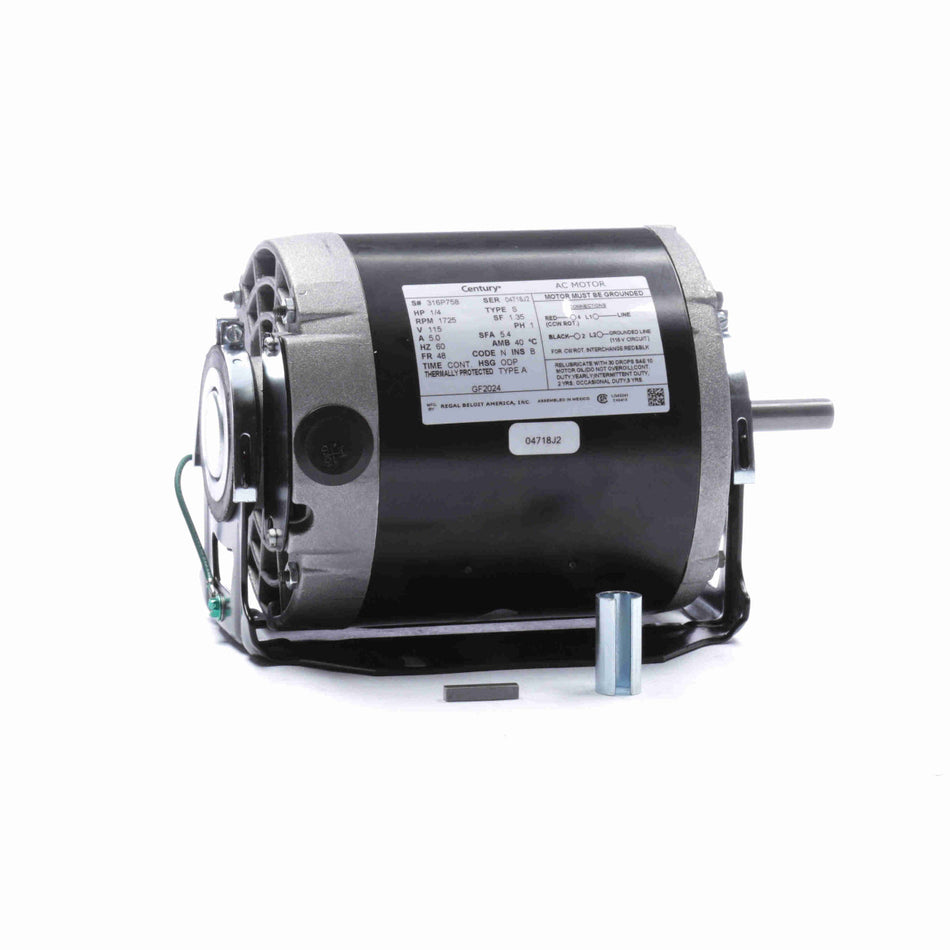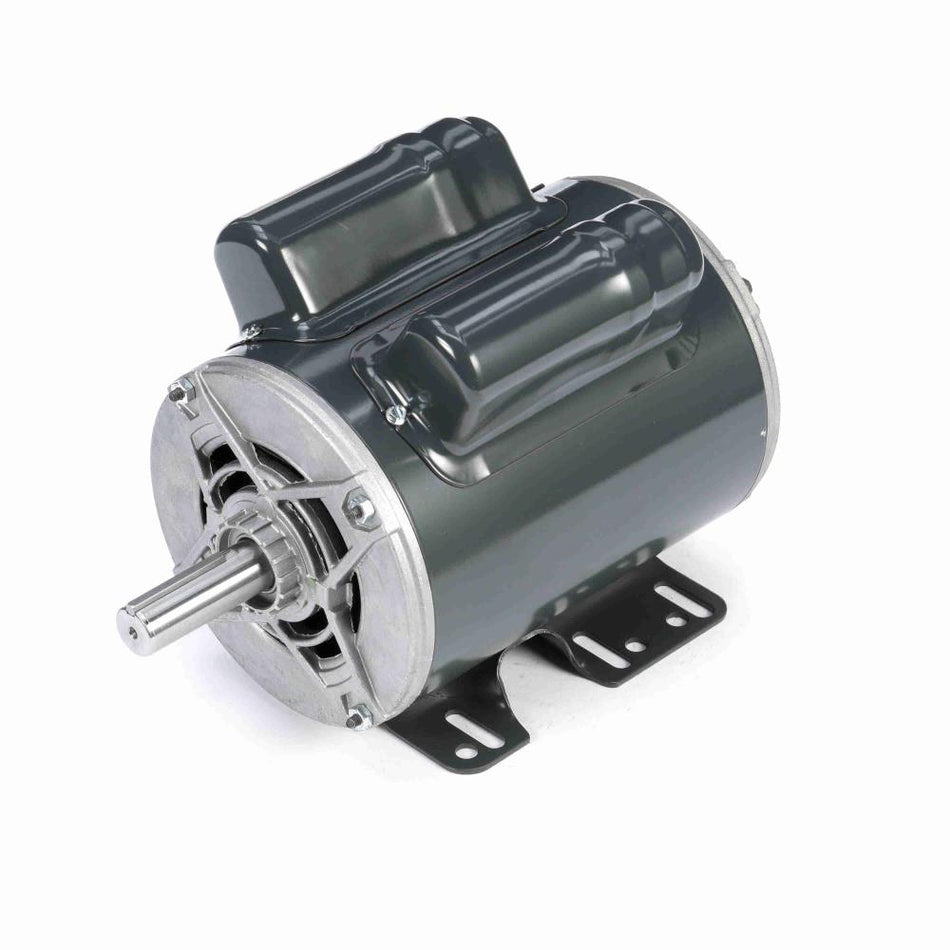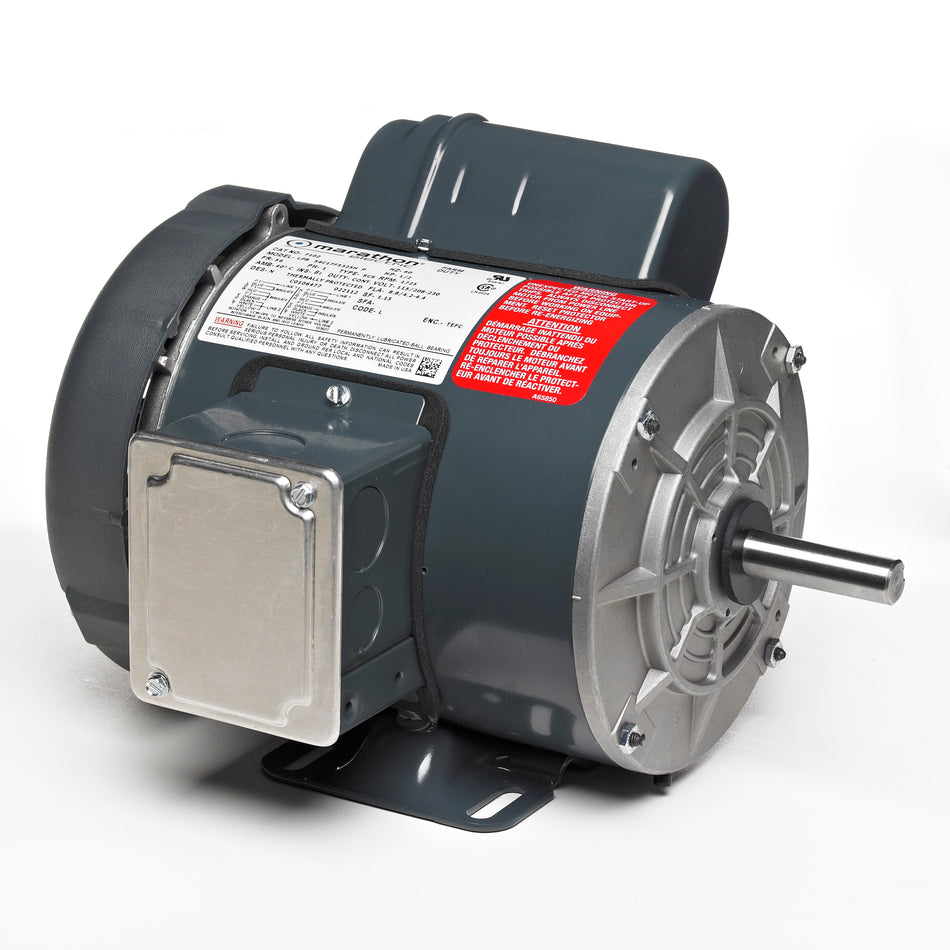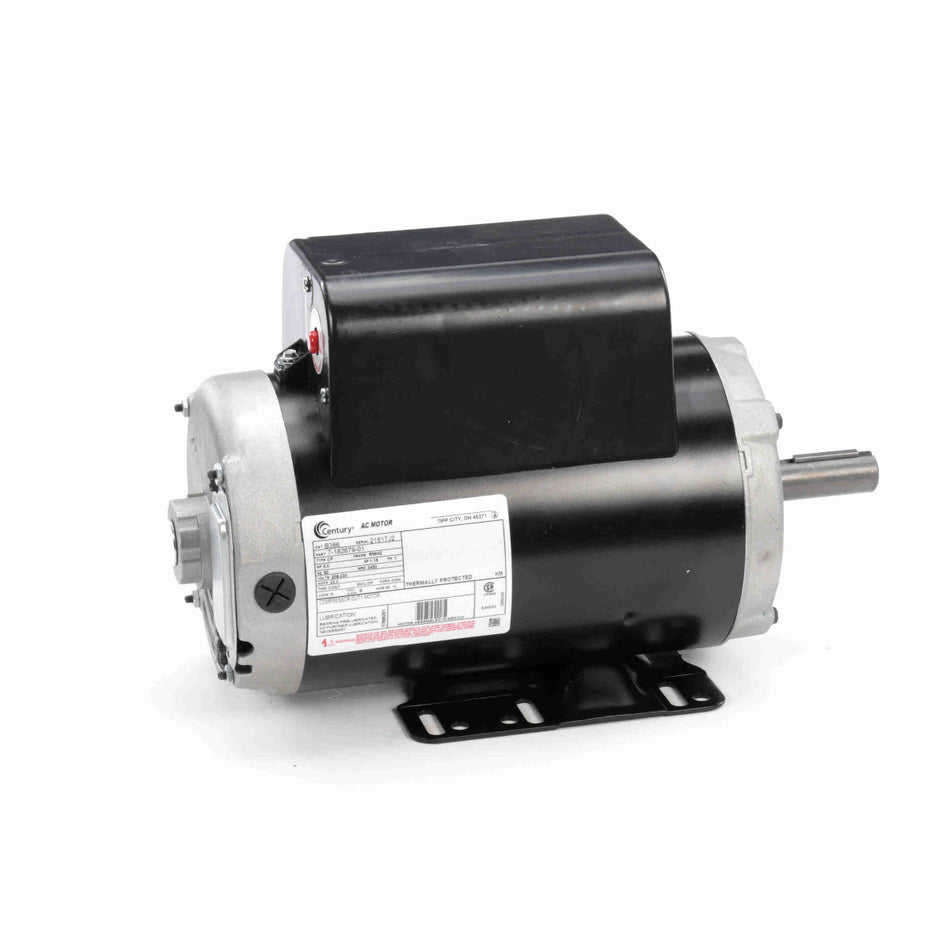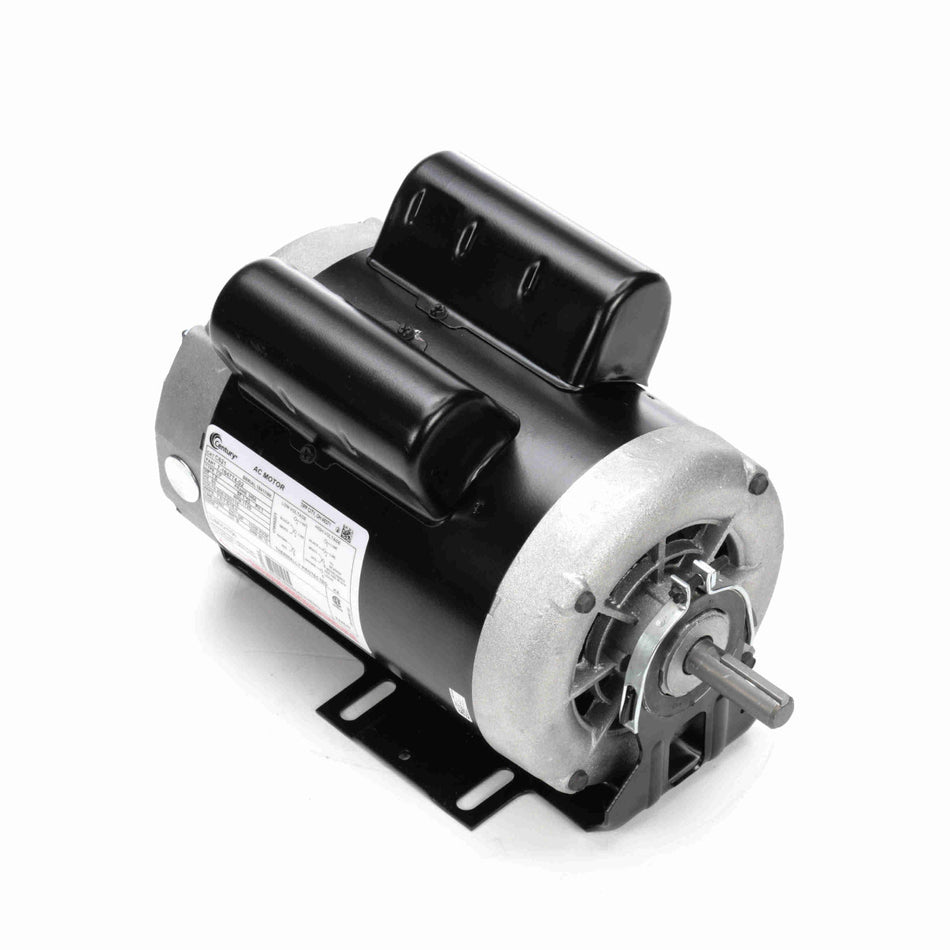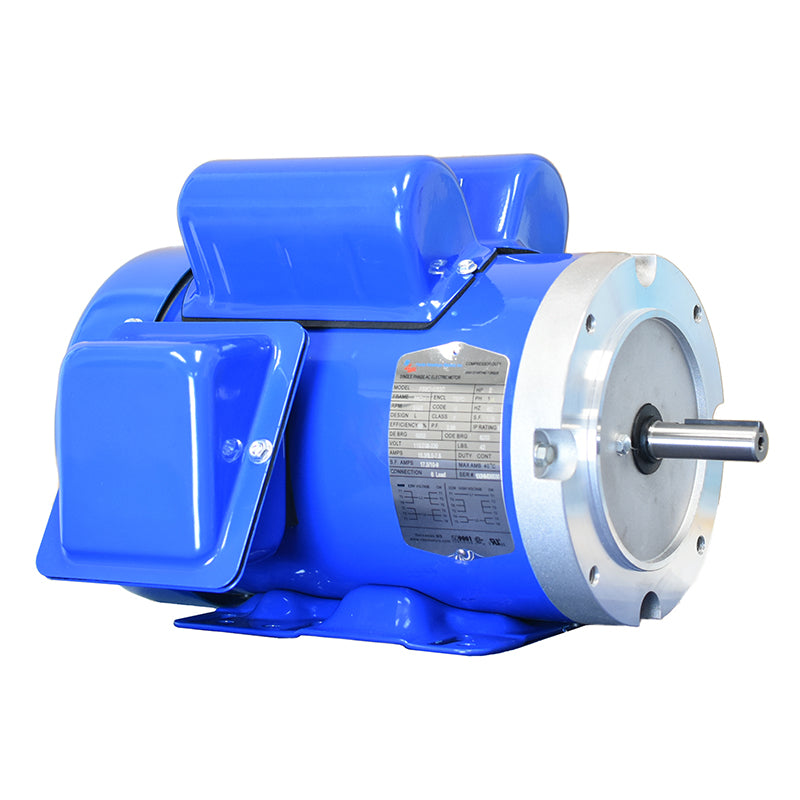4862 Products
Collection: Single Phase Motors
Also referred to as capacitor motors, single-phase units are small electric motors that are limited in size and output rate (from fractional up to 16HP).
Single Phase AC Motors are found in most residential and agricultural applications, as well as many commercial jobs including blowers, fans, compressors, pumps, tooling, conveyors, and other machinery.
Single Phase Machine Features include:
- Sturdy steel construction
- Low noise vibration dampening base
- Totally Enclosed and Open Drip enclosure options
- Dynamic balanced rotor for low vibration and bearing longevity
- Optimized airflow design for more horsepower in a smaller package
Square One Electric offers Single Phase Motors at wholesale prices. Each capacitor motor ships from the closest stocked warehouse to your door.
Every motor is brand new and has a manufacturer’s warranty.
Square One Electric Motors and Pumps is an authorized service center and distributor for most major brands.
We sell the following top brands online:
|
ABB - Baldor (Reliance) |
Leeson |
|
|
NAE (North American) |
Don’t see what you need? Contact Us for a quote!
How to Replace an Electric Motor
Replacing an AC Motor can seem confusing, but it doesn’t have to be.
The best place to start is with the motor you’re replacing. The nameplate, which can be a metal plate or sticker, has the information you need. Usually, just typing the model, ID, or SPEC number works (every manufacturer uses different terms).
No nameplate or can’t read it? There are certain key criteria to put you in the right direction (if you have the info):
- Phase – Either 1 or 3. Tip – if it’s in your house it’s 1 (single) phase.
- HP (horsepower) - You want to match HP. In some cases, you can go up, but the frame should be the same so the motor physically fits.
- Frame – This indicates the physical size of the motor, including the shaft length and diameter.
- RPM – How fast the shaft rotates; the available speeds are 3600 (2 pole), 1800 (4 pole), 1200 (6 pole), and 900 (8 pole). Round to the nearest pole – for example 1725rpm is 1800.
- Voltage – Single phase voltages are 115, 208, 230, 460, and 460.
- Enclosure – Big picture, a motor is either open or enclosed. If there are slots in the body, it’s open. No openings? Enclosed.
One of the most frequent calls we get is asking about connection diagrams. Did you know that each manufacturer’s website has the information you need to connect your replacement motor? Just type in the model number!
Types of Single Phase Motors
Each application requires a specific single-phase motor design. Below are several examples.
Single Phase General Purpose Motor
This type is designed, listed, and offered in standard ratings with standard operating characteristics and mechanical construction. It is used under ordinary service conditions that are not restricted to a specific application.
Capacitor Start Motor
In a “capacitor start capacitor run,” there are two capacitors connected in parallel on the moment of starting. As the motor comes up to speed, the start capacitor disconnects from the motor circuit by a centrifugal switch and the run capacitor remains connected in the circuit.
Capacitor-start capacitor-run motors run smoothly and quietly with constant torque, so there’s no vibration from pulsations. They are suitable for compressors, refrigeration, and places where silent operation is important (like schools and hospitals).
If the motor is “capacitor start induction run,” then the main winding is connected directly to the power source, while an auxiliary winding is affixed to a start capacitor. The capacitor operates only during the motor’s startup phase.
It is the most suitable AC motor for equipment subjected to frequent starting, such as tools, pumps, conveyors, and compressors.
Split Phase Motor
Sometimes called a Resistance Start Motor, this electrical machine is often used in HVAC condenser equipment. It is equipped with two capacitors and one switch. Its distinctive features are two windings:
- The start winding that is connected in parallel with the main winding
- The run winding that is displaced in magnetic position from the start winding
Permanent Split Capacitor Motor
The other names for this type of motor include PSC and capacitor run motor due to their similarity to the capacitor start unit. In this design, the difference is that the capacitor remains in the circuit during both starting and running stages.
This motor type is commonly used in office machines, fans, heater blowers, air conditioners, and refrigeration compressors. In this type of motor, power factor, breakdown torque, higher efficiency, and a centrifugal switch are not needed.
Shaded Pole Motor
Used for exhaust and cooling fans and air conditioning and refrigeration equipment, this single-phase motor is a squirrel cage type. Its magnetic field’s rotation relies on one (or more) short-circuited auxiliary winding(s) shifted in magnetic position from the main winding.
Due to the small phase angle between its shaded and unshaded portions, this motor produces a small starting torque.
AC Motor Capacitor
Capacitors are considered the batteries of electric motors. They are a distinct feature of single-phase motors, easily identifiable by the capacitor cap, a.k.a. bump, atop the motor’s body.
In contrast, 3 phase motors lack this component.
Capacitor Start / Induction Run Single Phase Motors have a single “bump” on the motor body; whereas Capacitor Start / Capacitor Run designs usually have two.
How It Works
Start capacitors kickstart the motor starting torque and stay in the circuit until it reaches 75% of its set speed. The motor then diverts to the run capacitor to maintain an efficient operation.
In turn, the run capacitor creates a magnetic field by stimulating the winding’s second phase to enable the rotor’s turn.
Dual run capacitors are used for machines with two motors, e.g., fan and compressor. These two capacitors are placed together in one case and are usually applied in HVAC condenser units.
Signs of Capacitor Trouble
When a single-phase motor doesn’t start or run efficiently, it is almost always due to a bad capacitor. If the cell is burnt or damaged, it cannot hold enough power to run the machine. These are the ways to tell whether a capacitor has gone bad:
- Condenser unit hums but does not start
- The motor struggles to start, and then shuts off immediately
- The motor does not start at all
- Air conditioning unit takes longer than usual to run after being turned on
- Air from the AC won’t get cold
Should you notice any of these indicators, it’s time to troubleshoot the motor. The cheapest and hassle-free way to start is to have experts like the Square One team check the capacitor—while fixing is an option, in most scenarios, capacitors require replacing.

